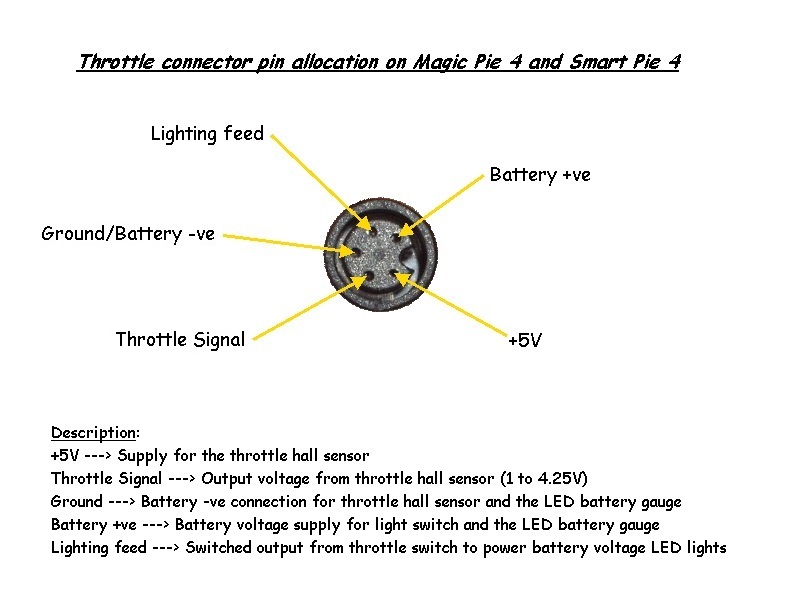Although your battery can happily supply 50A continuously, this does not mean that you can also charge the battery at the same 50A.
Without knowing the maximum recommended charging voltage for your particular battery, it is difficult to say whether high current regen will be detrimental to the health of the battery
(or whether the BMS controls charging current returning through the power output wires).

The throttle connections on the Edge should be the same as the Magic Pie 4 and Smart Pie 4 shown here:

The throttle signal is usually ~1V at rest
(if it drops below 0.8V it triggers a throttle fault) and around 4.25V at full throttle.
The controller uses a working range of between 1.25V and 3.25V to go from minimum to maximum power/rpm.
If you had rewired the lighting switch to open and close the throttle signal circuit, it would still have produced the error on the Smart Display with the throttle turned off, just like unplugging the throttle connector does.
However, if you had rewired the lighting switch across the +5V and throttle signal wire
(similar to your current setup, but switched instead of permanent) then the motor would be stuck on full throttle when the switch was pressed
(assuming the controller was powered on before the lighting switch was pressed).
If the controller is powered on while full throttle is applied
(like yours is) the controller has an inbuilt safety function that prevents the throttle from working until the signal voltage drops below ~1.25V.
Fortunately for you, it appears that this does not also prevent the PAS from working.
I suggest that you don't unplug your modified throttle cable
and plug it back in again while the controller is powered up, just in case the low throttle voltage error does not disarm the throttle.

Although, it might be a good idea to try this with the bike upside just to confirm whether or not it would be a problem if it inadvertently happened when the bike was the right way up.

It could be embarrassing if the bike suddenly took off on its own while you were showing someone what you had modified, or even as the result of an intermittent connection caused by movement between the pins in the throttle connector, or between the metal blade of the Scotchlock and the thin copper
(or copper coated aluminium?) wires in the repurposed throttle cable.
 Alan
Alan